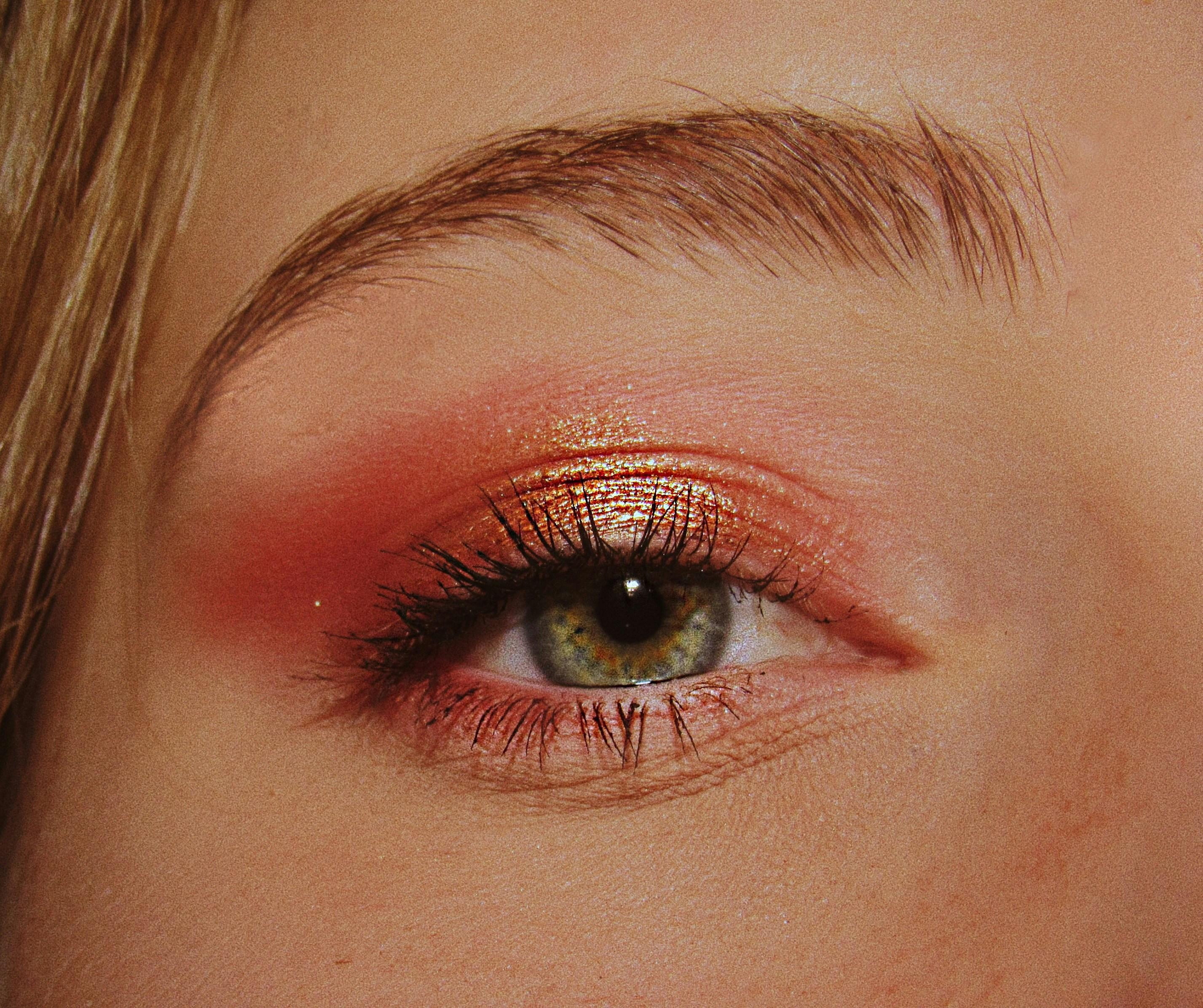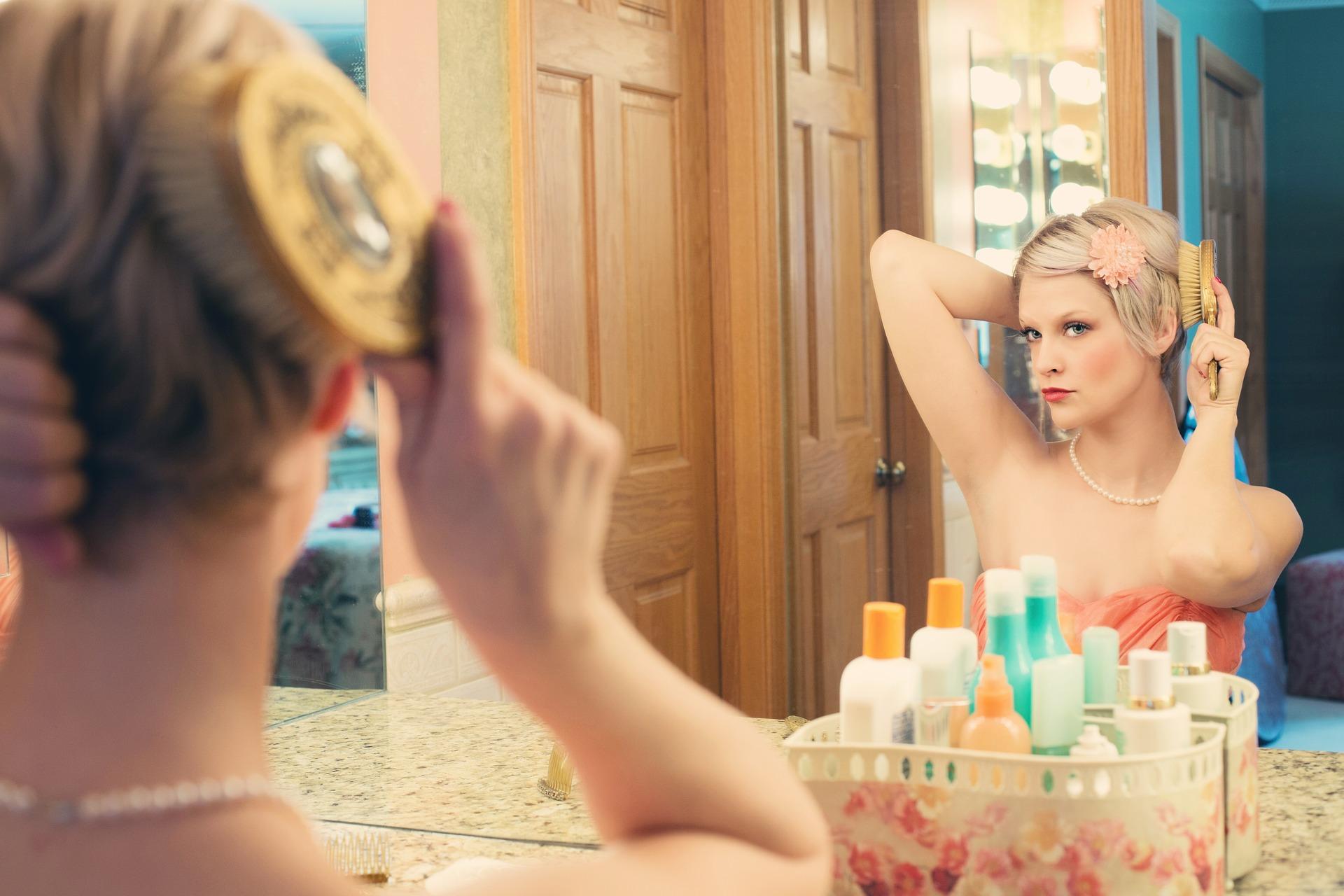Are Waterproof Makeup Products Environmentally Harmful
In a world where beauty routines are as diverse as the individuals who practice them, waterproof makeup products have become a staple for those seeking long-lasting perfection. From tear-proof mascaras to smudge-resistant foundations, these innovative formulations promise to withstand the elements, ensuring a flawless appearance from dawn till dusk. However, as our collective consciousness shifts towards more sustainable living, an important question arises: are these seemingly magical products hiding a darker environmental impact beneath their glossy surfaces? This article delves into the environmental implications of waterproof makeup, exploring the delicate balance between beauty and ecological responsibility, and seeking to uncover whether our quest for enduring allure is inadvertently contributing to a less resilient planet.
Environmental Impact of Waterproof Makeup Ingredients
The allure of waterproof makeup lies in its promise of long-lasting wear, but what many users overlook is the potential environmental toll of its ingredients. These products often contain synthetic polymers, silicones, and waxes, which are not only difficult to remove from the skin but also challenging for nature to break down. Once washed off, these compounds can end up in waterways, contributing to pollution and affecting aquatic life. Microplastics, a common component in waterproof formulations, are particularly notorious for their persistence in the environment, entering the food chain and posing risks to both wildlife and humans.
- Silicones: While they provide a smooth finish, they are non-biodegradable and can accumulate in water systems.
- Fluorinated Compounds: These are often used for their water-repellent properties but can lead to long-lasting environmental pollution.
- Parabens: Used as preservatives, they can disrupt aquatic ecosystems when they enter waterways.
It’s crucial for consumers to be aware of these impacts and consider more eco-friendly alternatives or brands committed to sustainable practices. While the convenience of waterproof makeup is undeniable, balancing beauty needs with environmental responsibility is becoming increasingly important.

Examining the Longevity vs. Biodegradability Dilemma
When it comes to the cosmetics industry, the quest for durability often conflicts with environmental sustainability. Waterproof makeup products are designed to resist moisture and last longer, but this longevity raises concerns about their impact on our planet. The ingredients used in these products are frequently non-biodegradable, meaning they can persist in the environment long after they are washed off. This not only contributes to pollution but also poses potential risks to aquatic life.
- Durability vs. Degradation: Waterproof formulas often rely on synthetic polymers, which are prized for their ability to withstand water but are notorious for their resistance to breaking down in natural environments.
- Environmental Accumulation: As these substances accumulate, they can disrupt ecosystems, affecting the health and balance of aquatic habitats.
- Consumer Awareness: While the allure of long-lasting makeup is undeniable, it’s crucial for consumers to weigh the benefits of durability against the potential environmental cost.

Innovative Alternatives to Traditional Waterproof Formulations
In the quest for sustainable beauty solutions, the cosmetic industry is increasingly turning to innovative alternatives that aim to replace traditional waterproof formulations. These new approaches prioritize eco-friendly ingredients while maintaining the high performance consumers expect. One notable advancement is the use of natural waxes and plant-based polymers. Derived from sources such as candelilla and carnauba, these ingredients not only offer water resistance but also biodegrade more easily than synthetic counterparts.
- Silicone-free formulations: Many brands are now offering products that skip silicones, which can persist in the environment, in favor of ingredients like sunflower seed wax that offer a similar waterproof effect.
- Biodegradable films: Utilizing cutting-edge technology, some products employ biodegradable film-forming agents that create a protective barrier without harming aquatic ecosystems.
- Algae-derived components: Algae is emerging as a star ingredient, providing not only waterproof capabilities but also adding nutrients to the skin, thus marrying functionality with sustainability.
By embracing these alternatives, brands are not just enhancing their product lines but also contributing positively to environmental conservation. This shift not only supports the growing demand for sustainable products but also showcases the potential for innovation in reducing the ecological footprint of beauty routines.

Recommendations for Eco-Friendly Beauty Choices
Choosing eco-friendly beauty products can significantly reduce your environmental footprint. Here are some thoughtful tips to help you make more sustainable choices:
- Opt for Biodegradable Formulas: Seek out makeup products that are labeled as biodegradable. These products break down naturally, reducing harm to aquatic life and ecosystems.
- Support Brands with Sustainable Practices: Look for brands that prioritize sustainability. This includes using recyclable packaging, supporting fair trade practices, and minimizing carbon emissions in their production processes.
- DIY Alternatives: Consider making your own beauty products using natural ingredients. Homemade mascaras, for instance, can be crafted using beeswax, coconut oil, and activated charcoal, offering a less harmful alternative to commercial waterproof products.
- Read the Labels: Familiarize yourself with common environmentally harmful ingredients, such as silicones and certain preservatives. Choose products with transparent ingredient lists and certifications like EcoCert or USDA Organic.
By integrating these practices into your beauty routine, you not only contribute to a healthier planet but also often discover products that are kinder to your skin.
The Way Forward
As we close the lid on the intriguing world of waterproof makeup, we find ourselves at the crossroads of beauty and environmental responsibility. The allure of long-lasting, smudge-proof cosmetics is undeniable, offering us the confidence to face the elements with grace. Yet, beneath this allure lies a complex tapestry of environmental considerations that beckon us to ponder the true cost of beauty.
As consumers, we stand empowered with knowledge, capable of making informed choices that align with our values. Whether it’s seeking out brands committed to sustainable practices or advocating for greater transparency in ingredient sourcing, our actions hold the potential to shape the future of beauty. In this evolving narrative, the responsibility lies not only with manufacturers but also with each of us to balance our desires with the well-being of our planet.
As the conversation continues, let us remain curious and open-minded, exploring innovative solutions that allow us to enjoy the best of both worlds. For in this delicate dance between beauty and nature, every choice we make is a brushstroke on the canvas of tomorrow.


